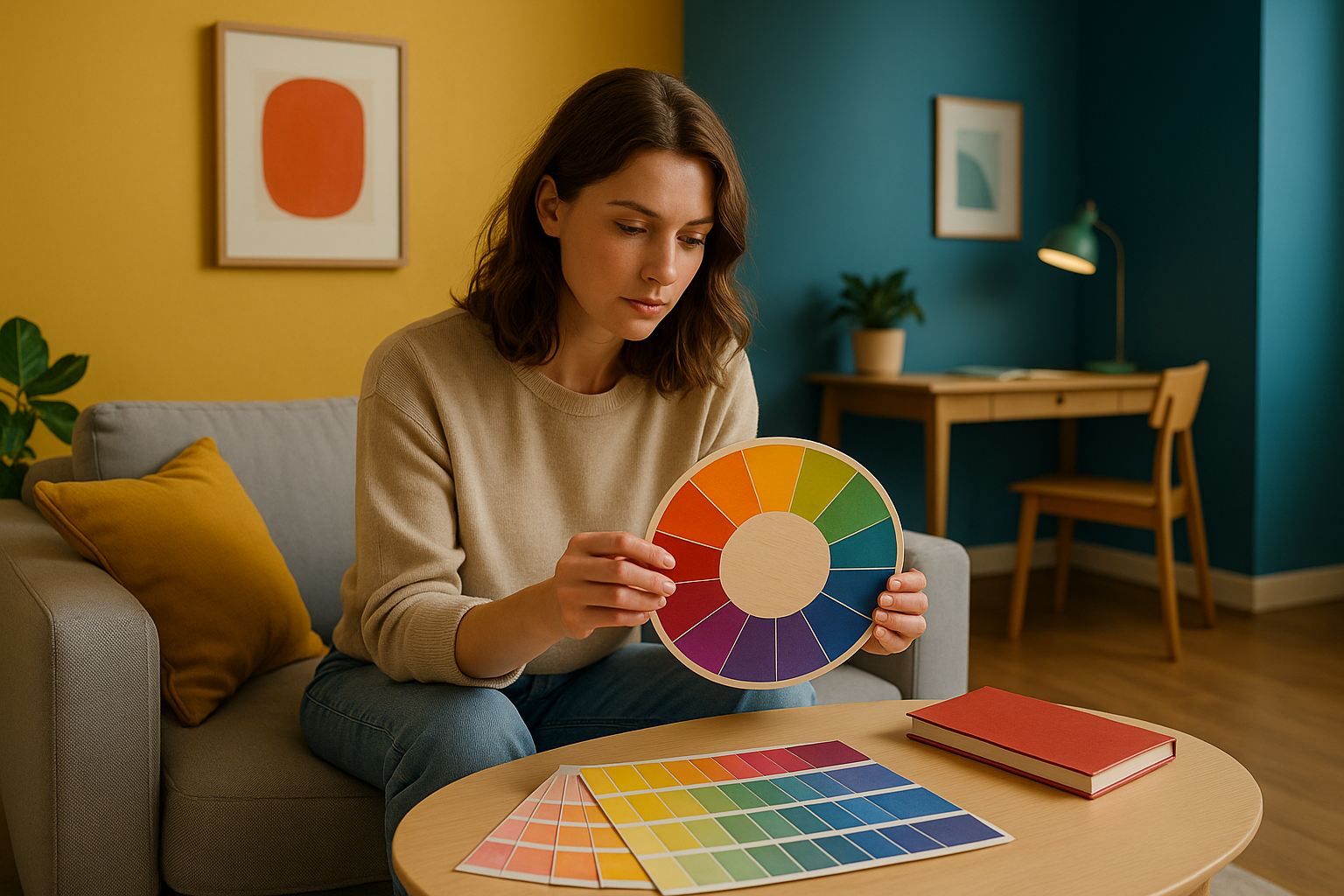Delving Into the Dynamic World of Color Psychology in Home Decor
Introduction: Imagine stepping into a room painted a vibrant, sunlit yellow - your mood instantly lightens. Or perhaps you're drawn to a calmer, soothing blue space that exudes tranquility. That’s the power of color psychology in home decor, an intriguing and less-explored aspect of interior design. Within this article, we will delve into the science and art behind color psychology, its impact on our emotions, and how it shapes our living spaces.

A Kaleidoscope of Emotions: The History of Color Psychology
Color psychology, or the study of hues as a determinant of human behavior, has its roots in ancient Egyptian and Chinese cultures. These civilizations believed in chromotherapy, using colors to heal. Over time, the field has evolved, integrating into various domains, including marketing, branding, and notably, interior design. Today, color psychology is an essential tool for designers, helping create spaces that reflect not just aesthetic appeal but also emotional resonance.
The Color Wheel of Mood: Current Trends and Insights
Today’s interior design trends emphasize personalization, and what’s more personal than the colors that reflect and influence our mood? Soft pastels like baby blues and mint greens, known for their calming effects, are making a comeback in bedrooms and study rooms. Simultaneously, vibrant shades like bold reds and sunny yellows, associated with energy and optimism, are finding their way into living and dining areas.
Practicality and Impact: Color Psychology in Daily Living
The practical application of color psychology in home decor is about creating a space that aligns with your emotional needs. For instance, if you’re a freelancer working from home, incorporating blues and greens into your workspace can improve concentration and reduce stress. Similarly, using warm hues in your living room can create a welcoming and sociable atmosphere. It’s about more than just aesthetics; it’s about enhancing your quality of life.
Research-Backed Recommendations: Choosing the Right Palette
Research in color psychology has shown that while individual color preferences can be subjective, certain universal associations exist. For instance, greens and blues are universally calming, reds and oranges are stimulating, and whites and neutrals exude simplicity and elegance. Therefore, when choosing colors for your home, consider both your personal preferences and the psychological effects of these hues.
Making Sense of Shades: Balancing Depth and Accessibility
Understanding and applying color psychology in home decor doesn’t have to be complex. Breaking it down into simple concepts like warm versus cool colors, or the psychological effects of primary versus secondary colors, can make this fascinating field accessible to everyone. So next time you pick up that paintbrush or choose that throw pillow, remember - you’re not just adding color, you’re creating an emotion.
In conclusion, color psychology offers a fresh perspective on home decor, expanding our understanding beyond mere aesthetics. It invites us to consider our emotional connection with our homes, transforming them into spaces that truly reflect and nourish our inner selves.




